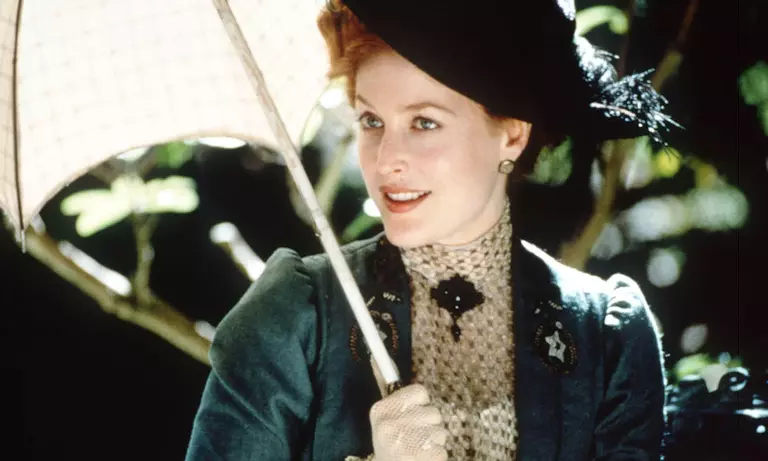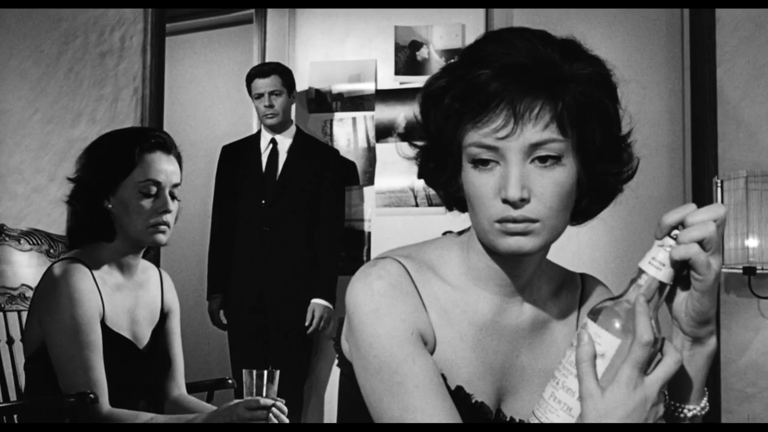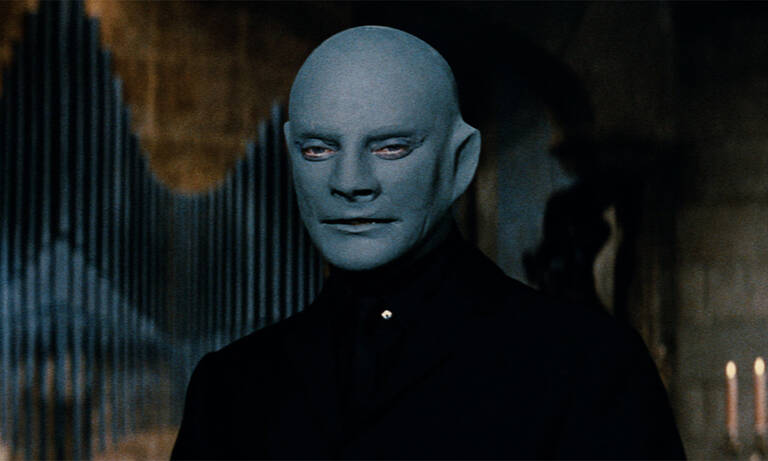
Dir: David Lean UK, 1952, 118 mins, in English
Cast: Ralph Richardson, Ann Todd, Nigel Patrick
This is the fictional story of John Ridgefield (Richardson) and his obsession with the very real scientific and engineering achievement of creating a plane with the capability of flying faster than the speed of sound. His obsession begins as a wartime imperative, but continues after 1945 as a quest for discovery and the betterment of humanity. The sound barrier itself, an invisible wall, that not only holds back his aircraft but isolates him from his family.
In the filmography of the quintessential British film director David Lean and the quintessential British playwright Terrence Rattigan, there is only one intersection: the 1952 film, The Sound Barrier. A commercial, critical and awards success in its day, the film has in many ways slipped into obscurity. The reason for this is most likely because the film is a real oddity. The attention to detail of the science and engineering, but also the explanation of it, coupled with astonishing quality and quantity of the aircraft, both in the air and on the ground, all serve to sideline the human story and drama taking place. So much so that the film has an almost documentary feel to it. But this is a dramatic reconstruction of events that didn’t happen. Ridgefield, although inspired by Geoffrey de Havilland, didn’t exist. And in a reversal of the usual Hollywood conceit, the sound barrier was really broken in the American Bell X-1 flown by the very American Chuck Yeager.
But if you’re going to get someone to make a fictional documentary, you can’t go wrong with David Lean. The aircraft both on the ground and in the air are lovingly captured, so much so that they are given starring credits alongside Richardson. The explanations are flawless, accessible and fascinating, and the film itself has the charming tone of films of the era that almost becomes caricature; flying aces pop off to jolly well smash that sound barrier in a shirt and tie, but are home in time for sherry with the little lady back home, who shouldn’t worry her pretty little head about such things.
The main flaw is that the human drama is a mere distraction for Lean’s primary obsession, much like Ridgeway himself.
The Sound Barrier is charming and beautiful to behold. For Lean complete-ists and airplane enthusiasts it won’t disappoint, but if you fall outside those demographics it might not be your glass of sherry.
The Sound Barrier is out now on Blu-ray and DVD.



